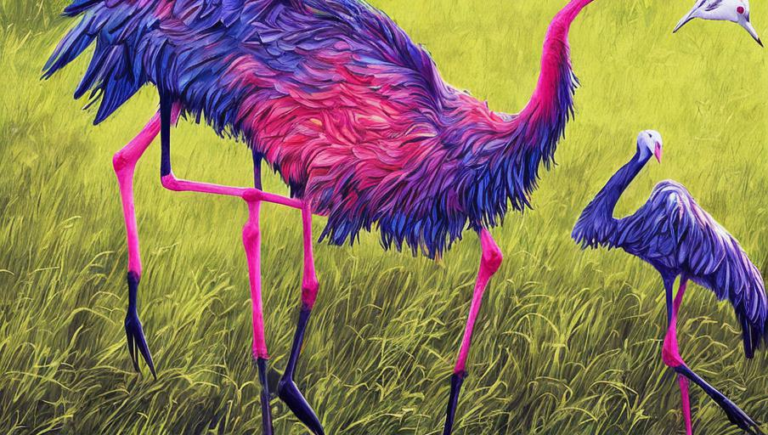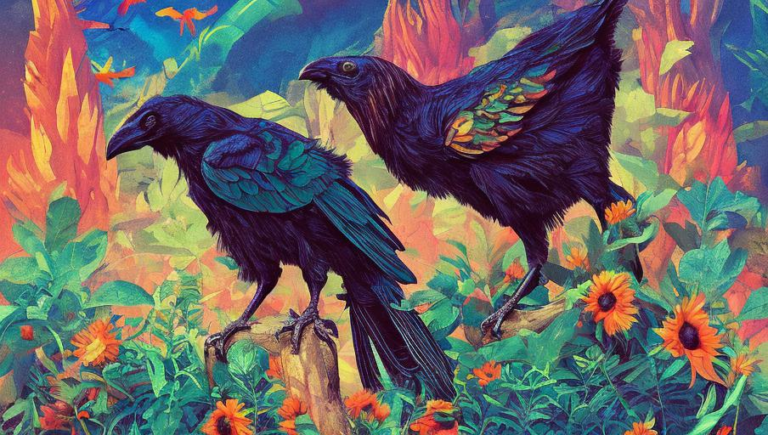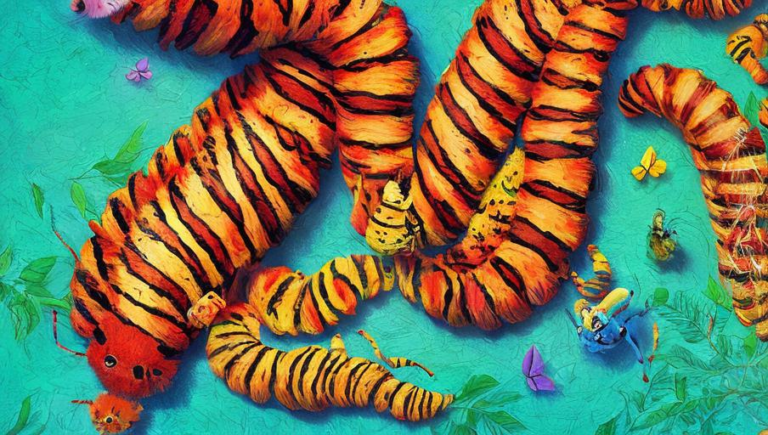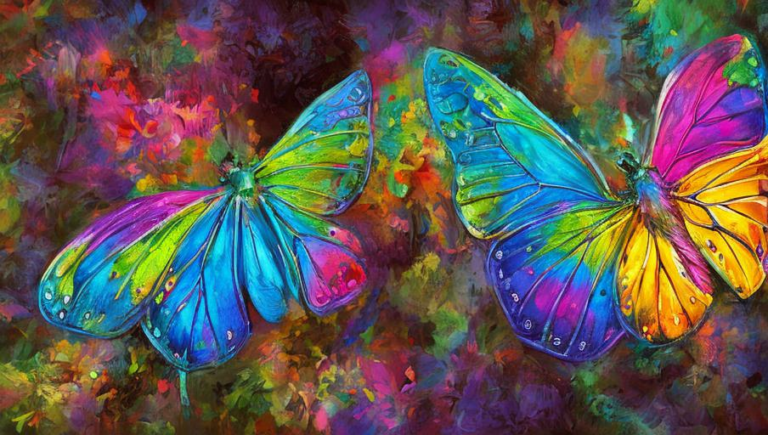Venerable Life Cycle of Alligators
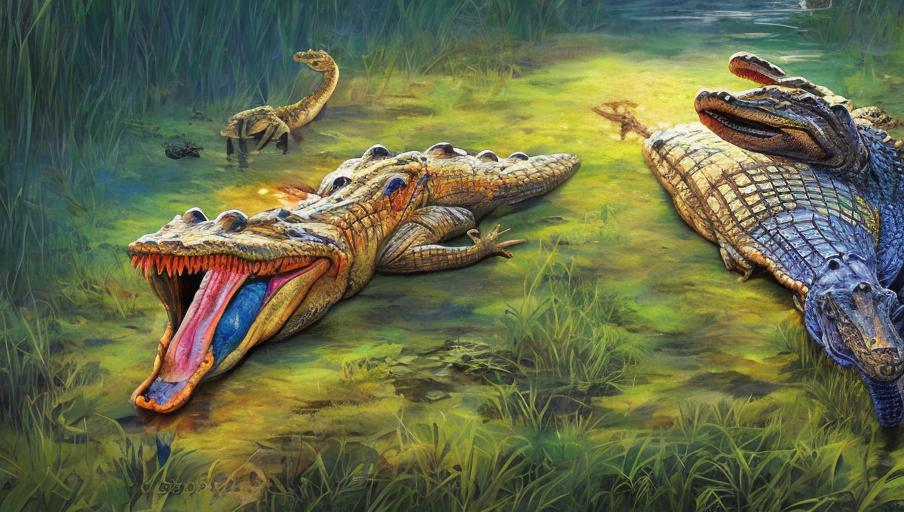
Introduction
Alligators are one of the oldest living species on earth and are part of the reptile family. They have been around for millions of years and have adapted to their environment over this time. The life cycle of alligators is an amazing and fascinating process that has evolved to help them survive in the modern world.
The Hatchlings
Alligator eggs are laid at the end of summer and are guarded by female alligators until they hatch in the spring. The hatchlings are born with soft, yellow skin and long tails. Their size varies depending on the species of alligator, but they are usually around a foot in length. They can swim right away, but they are still dependent on their mother for protection.
Growing Up
Hatchling alligators start to grow rapidly, reaching up to two feet in length in their first year. As they grow, their color changes to a darker green or black, and their tail gets wider. Alligators can be quite aggressive towards each other and will fight for food and territory. During this time, they can be found in shallow water, marshes, and swamps, where they will hunt for small fish and other prey.
Mature Alligators
At around 8 to 10 years of age, alligators reach maturity and are considered adults. At this point, they are around two to four meters in length and weigh up to half a ton. They live in freshwater rivers and lakes, and they can also be found in brackish water. They are solitary creatures and will only come together to mate.
The Breeding Season
The alligator’s breeding season typically runs from April to June. During this time, male alligators will make loud bellowing noises to attract females. After mating, the female alligator will build a nest and lay between 20 and 50 eggs. The eggs will hatch in two to three months.
Living Long Lives
Alligators can live up to 50 years in the wild and even longer in captivity. They are highly adapted to their environment and are able to survive in a variety of habitats. It is important that their natural habitats are protected in order to ensure their survival.
Conclusion
The life cycle of alligators is a fascinating and complex process that has enabled these creatures to survive for millions of years. Understanding their life cycle is an important part of protecting them and their habitats. By preserving their habitats, we can ensure that alligators continue to thrive for many years to come.

